There are invisible lines across the globe that hold the power to reshape our world in an instant. These fault lines, where tectonic plates meet and often clash, are a source of fascination and fear. While they usually lie dormant, the potential for a sudden shift can change landscapes, economies, and lives overnight. Here are 13 fault lines that could redefine the planet as we know it.
1. San Andreas Fault, California
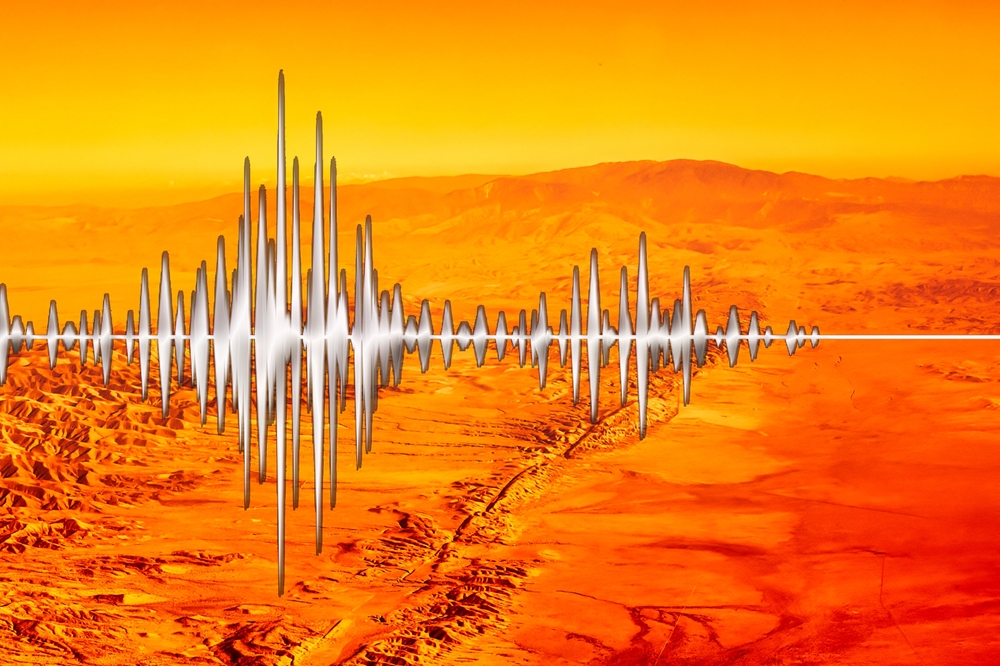
You’ve likely heard tales of the “Big One,” the massive earthquake that could rock California to its core. The San Andreas Fault, stretching over 800 miles, is the notorious culprit behind these predictions. It’s a boundary where the Pacific and North American plates slide past each other, making it one of the most studied faults in the world. Yet, despite all the scrutiny, predicting the exact moment it will unleash its power remains impossible.
The U.S. Geological Survey has long warned of the catastrophic potential of a major quake here, emphasizing the need for preparedness across California. An event of this magnitude could disrupt millions of lives, crippling infrastructure and causing economic turmoil. While the state has invested heavily in seismic safety measures, the unpredictability of nature means the stakes remain incredibly high. You might not live near the San Andreas, but its influence extends far beyond its immediate surroundings.
2. North Anatolian Fault, Turkey
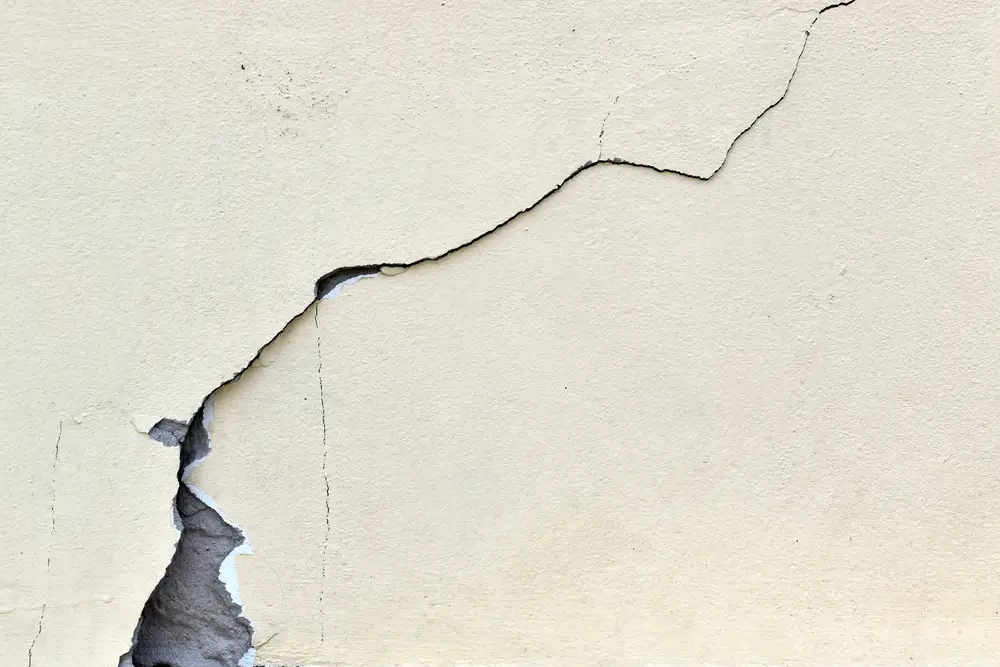
Imagine a line running parallel to the northern coast of Turkey, silently marking a zone of seismic tension. The North Anatolian Fault is a major strike-slip fault, much like the San Andreas, but located in a region where tectonic activity is a part of daily life. Over the years, Istanbul and other cities have felt the ground shake, with significant quakes occurring in a relatively predictable pattern from east to west. This recurring activity has researchers bracing for the next big movement.
For those living in the shadow of this fault, preparations are an unfortunate necessity. Retrofits and emergency plans are part of urban life, a testament to the resilience and resourcefulness of people accustomed to unpredictability. Yet, the human spirit is powerful, and life continues in the vibrant, historic cityscapes that hug the fault line. It’s a reminder that beneath the beauty and culture, there’s a raw, untamed energy waiting to be unleashed.
3. Himalayan Frontal Thrust, India/Nepal
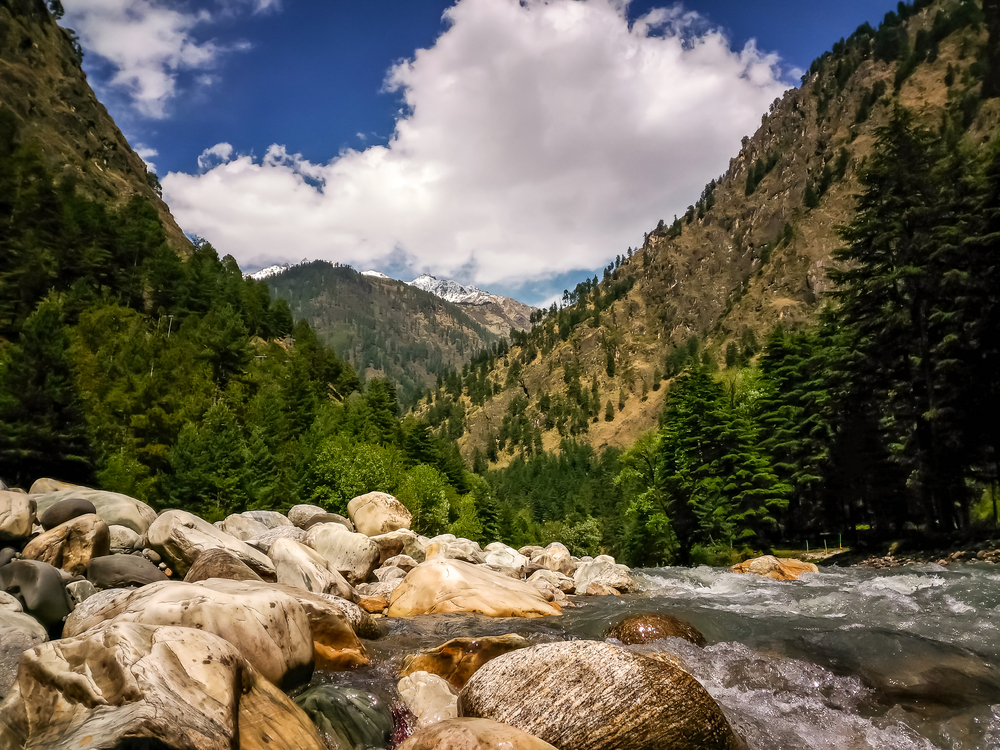
When you think of the Himalayas, you likely picture breathtaking peaks and serene landscapes. But beneath these majestic vistas lies the Himalayan Frontal Thrust, a fault line caused by the colossal collision of the Indian and Eurasian plates. This boundary is responsible for some of the most dramatic topography on Earth and is a constant source of seismic activity in the region. The potential for a major earthquake here is significant, with implications for millions living in India, Nepal, and beyond.
According to a study published in Nature Geoscience, the Himalayan region is due for a major seismic event, with stresses building over decades. Despite advancements in earthquake prediction technology, the unpredictability of when and how it will strike poses a considerable risk. For the people residing in its shadow, it’s a delicate balance of enjoying the beauty of their surroundings while respecting the power that lies beneath. This duality shapes the lives and cultures of those who call this region home.
4. Hayward Fault, California
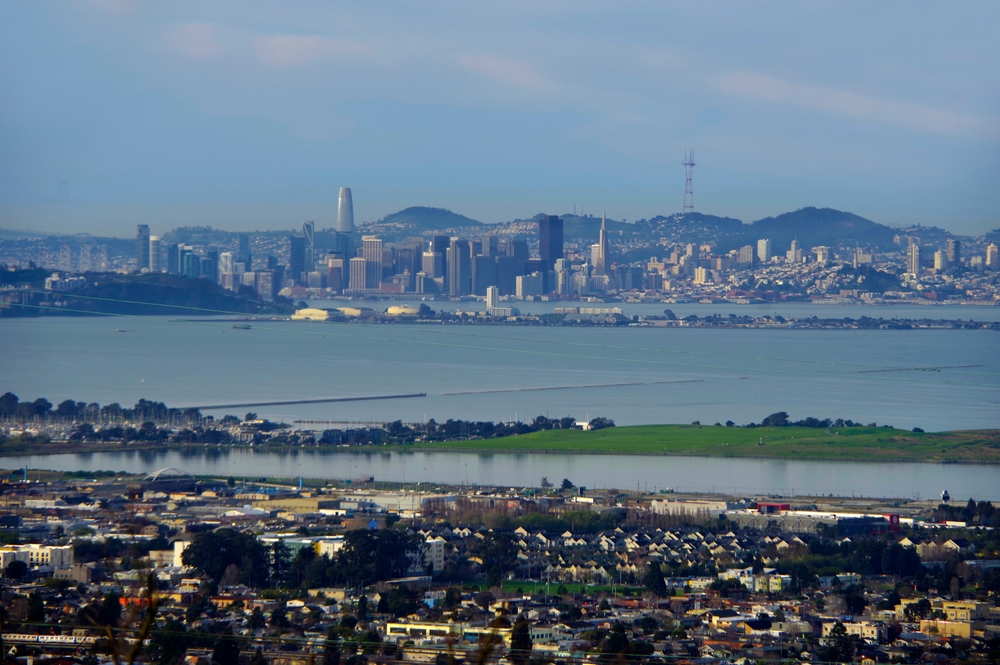
While the San Andreas often steals the spotlight, the Hayward Fault is a potential threat hiding in plain sight. Running beneath the densely populated East Bay of the San Francisco Bay Area, it’s a ticking time bomb. The fault is known for its history of producing moderate to large earthquakes, with the 1868 quake serving as a stark reminder of its potential. Today, millions live and work along this fault, making it one of the most urbanized seismic zones in the world.
The Bay Area thrives on innovation and resilience, qualities that extend to its approach to earthquake preparedness. Retrofitting older buildings and infrastructure is a priority, aiming to minimize damage when—not if—the next quake hits. Yet, the knowledge of living atop such a geologically active area is a shared reality for residents. It’s a testament to the human spirit’s ability to adapt and thrive despite the ever-present threat of nature’s fury.
5. Alpide Belt, Europe/Asia
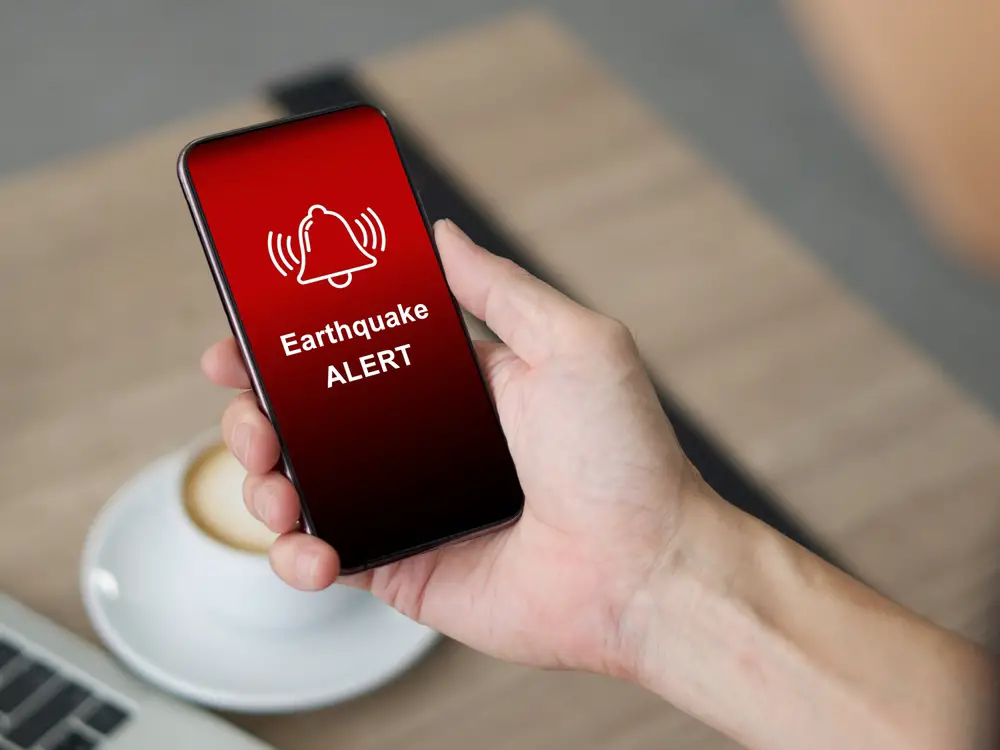
Stretching from the Atlantic to the Himalayan region, the Alpide Belt is a major seismic zone that few outside the geoscience community discuss. This fault line is responsible for the towering peaks of the Alps and extends its reach into parts of southern Europe and Asia. It’s a complex system where multiple tectonic plates intersect, creating a diverse range of seismic activities. From Italy’s spine-tingling shakes to Turkey’s more frequent jolts, the Alpide Belt’s presence is undeniable.
Earthquake preparedness in this region is a mosaic of individual and governmental efforts.
A study from the European Seismological Commission highlights the varying degrees of readiness across countries, influenced by economic capabilities and historical experiences. For you, the traveler or resident, understanding the seismic risks is crucial in appreciating the cultural and historical richness of this belt. It’s a reminder that beneath Europe and Asia’s picturesque landscapes lie powerful geological processes at work.
6. East African Rift, Africa
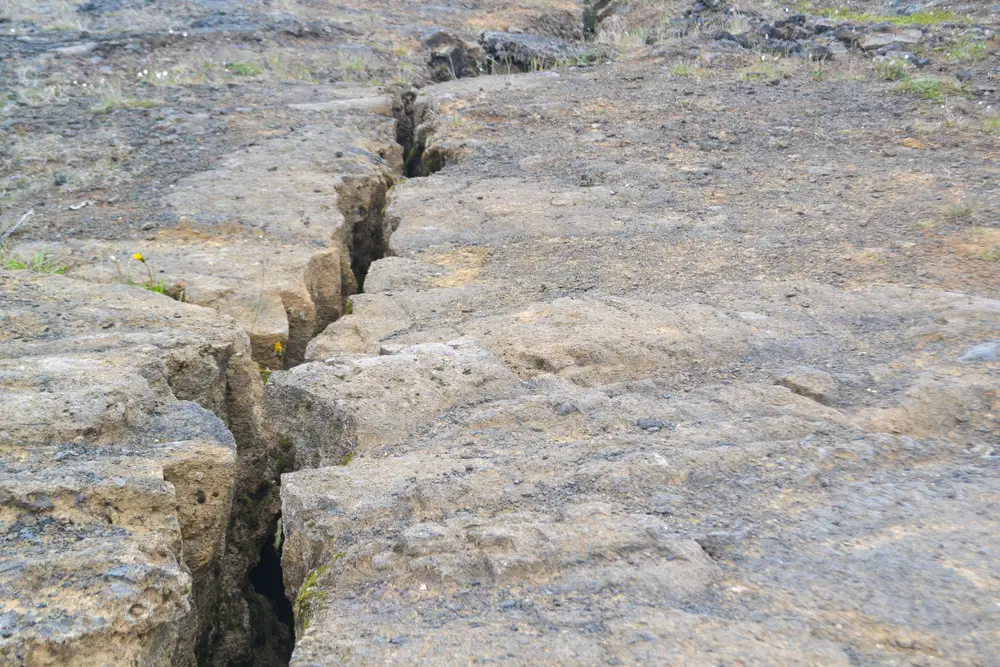
Picture the Earth slowly pulling itself apart beneath your feet. That’s the fascinating reality along the East African Rift, a divergent tectonic boundary where the African continent is gradually splitting into two. This rifting process is creating a series of fractures that extend from the Afar Triangle in Ethiopia down to Mozambique. While the pace of movement is too slow to witness in a lifetime, the potential for seismic activity is real and significant.
Communities along the rift have adapted to this dynamic environment, with traditional building techniques incorporating flexibility and resilience. The geological activity also brings geothermal energy potential, offering a sustainable energy source for the future. Yet, living in such a geologically active area carries inherent risks, influencing everything from agriculture to infrastructure development. For the people here, the rift is both a challenge and an opportunity, shaping their lives in profound ways.
7. New Madrid Seismic Zone, Missouri

Imagine an earthquake zone so powerful that it altered the course of a river. The New Madrid Seismic Zone, located in the central United States, is infamous for its series of massive quakes in the early 19th century. These events were so intense that they reportedly caused the Mississippi River to flow backward briefly. Despite its sleepy appearance today, the zone remains a concern for geologists and residents alike.
According to the United States Geological Survey, the New Madrid Seismic Zone has the potential for a magnitude 7.0 earthquake, which could have significant impacts across multiple states. The challenge lies in the region’s low awareness and preparedness compared to more active zones like California. Yet, the occasional tremor serves as a reminder of the underlying threat. For those living in the area, it’s a matter of balancing everyday life with the knowledge that the ground could shift beneath them at any moment.
8. Java Trench, Indonesia
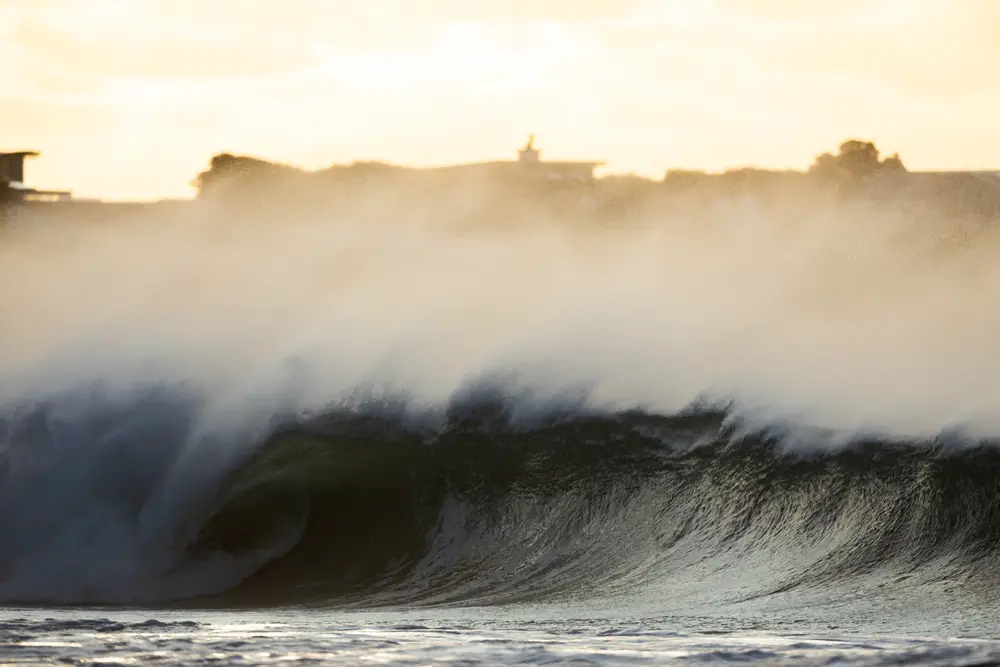
Nestled in the Pacific Ring of Fire, the Java Trench is a subduction zone responsible for some of Indonesia’s most powerful earthquakes and tsunamis. This deep ocean trench marks the boundary where the Indo-Australian plate subducts beneath the Eurasian plate. It’s a region marked by explosive volcanic activity and frequent seismic disturbances, a fact of life for the millions who live along its path. The 2004 tsunami remains a haunting reminder of the trench’s destructive potential.
For people in this region, seismic awareness is a part of daily life, embedded in education and community planning. The Indonesian government and international organizations have invested in early warning systems to mitigate disaster impacts. Yet, the unpredictability of natural events means that vigilance remains key. It’s a delicate dance between enjoying the rich culture and beauty of Indonesia and respecting the powerful forces that shape its landscape.
9. Chaman Fault, Pakistan/Afghanistan
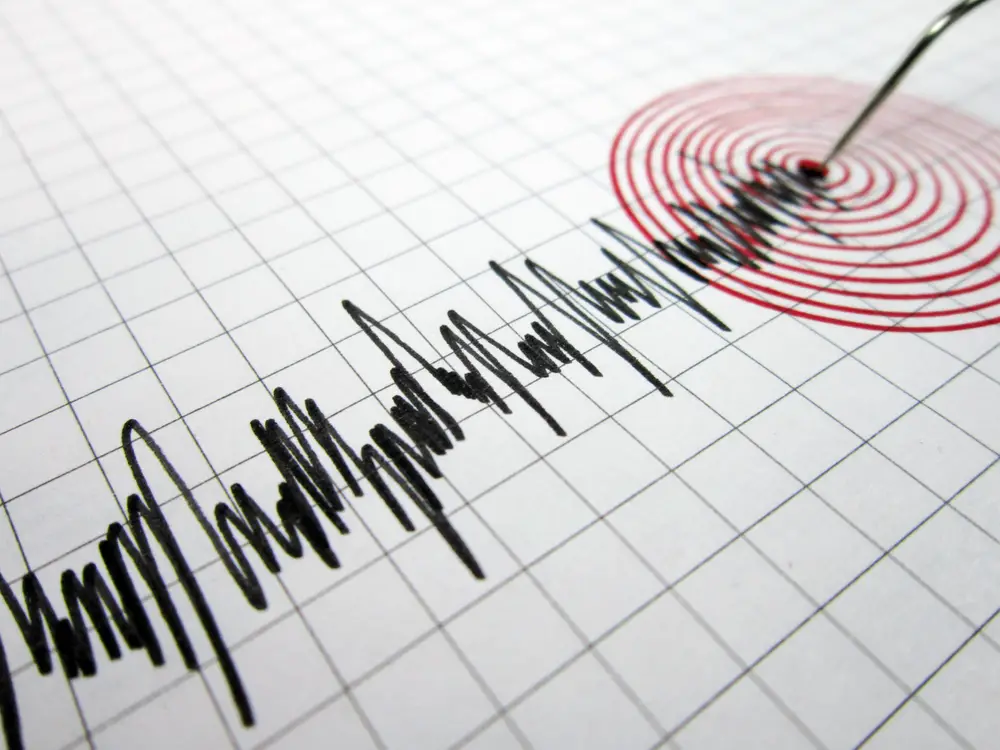
Running along the border of Pakistan and Afghanistan, the Chaman Fault is a major geological feature with a history of seismic activity. This fault accommodates the collision between the Indian and Eurasian plates, creating a zone of high seismic risk. While it may not be as well-known as other global faults, its potential for significant earthquakes is just as real. For those living nearby, the ground can feel as unstable as the geopolitics of the region.
The resilience of communities in this area is remarkable, with traditional building practices adapted to reduce earthquake damage. Yet, challenges remain, especially in rural and economically disadvantaged areas. Organizations like the National Disaster Management Authority in Pakistan are working to improve preparedness and response strategies. It’s a constant reminder that beneath the surface, powerful forces are at play, shaping the region’s past, present, and future.
10. Kermadec Trench, New Zealand
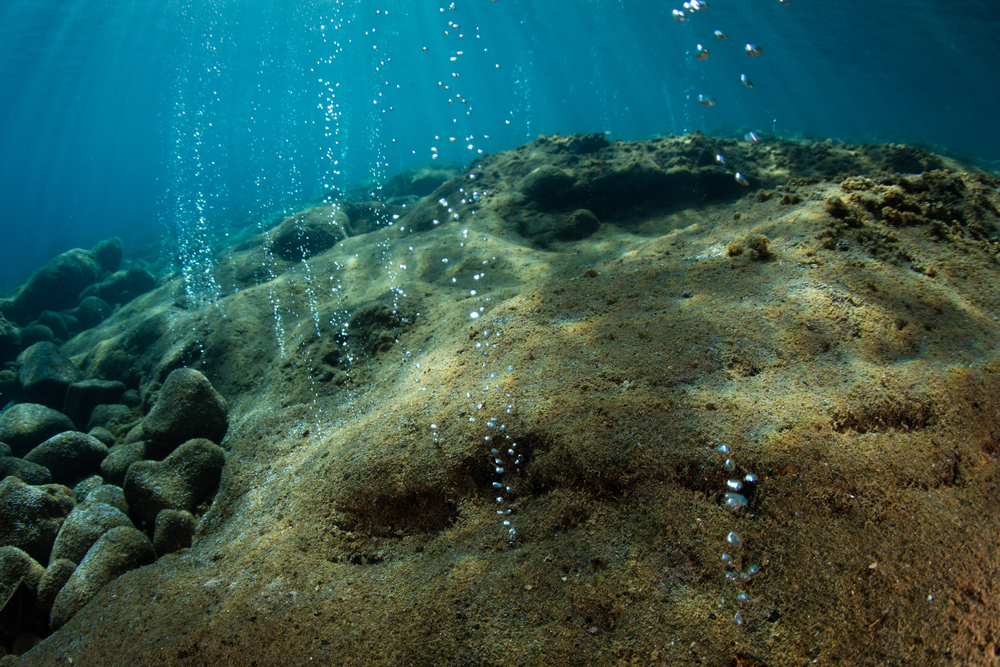
New Zealand’s natural beauty is underscored by its dynamic geological landscape, with the Kermadec Trench playing a major role. This deep ocean trench, part of the Pacific Ring of Fire, is a subduction zone where the Pacific Plate dives beneath the Indo-Australian Plate. Its remoteness belies the seismic and volcanic activity it generates, impacting New Zealand and surrounding islands. The trench is a source of both fascination and fear, contributing to the region’s unique ecosystems and unpredictable seismic events.
New Zealanders are well-versed in earthquake preparedness, with government initiatives promoting resilience and education. The nation’s robust building codes and early warning systems aim to mitigate the impacts of potential quakes. Yet, nature’s unpredictability means that vigilance is always necessary. For those living in this geologically active paradise, it’s a balance of awe and caution, appreciating the beauty while respecting the underlying power.
11. Queen Charlotte Fault, Canada
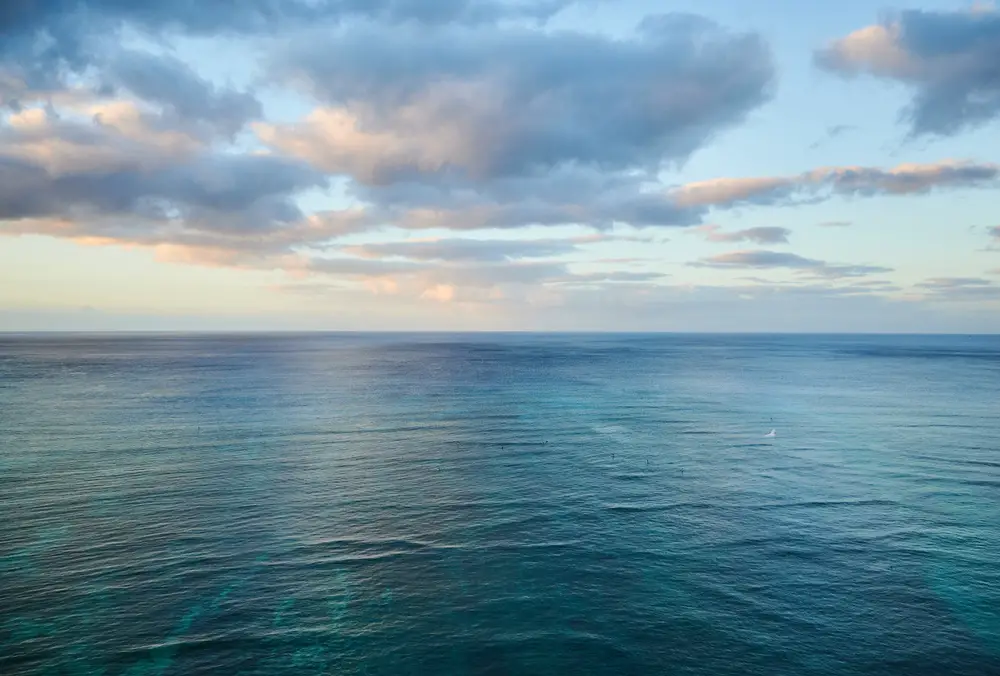
Off the west coast of Canada, the Queen Charlotte Fault is a major offshore strike-slip fault similar in nature to California’s San Andreas. This fault marks the boundary between the Pacific and North American Plates, making it a significant seismic risk to the region. The sparsely populated coastline may seem tranquil, but the fault’s potential for a large earthquake is ever-present. For Canadians living in this remote area, the threat is both distant and immediate, shaping their relationship with the natural world around them.
Canadian authorities are keenly aware of the risks posed by the Queen Charlotte Fault and have invested in research and monitoring. While the region’s population is small compared to other seismic zones, the potential impact on infrastructure and ecosystems is significant. Preparedness campaigns and infrastructure improvements aim to enhance resilience in the face of potential seismic events. For those who call this region home, it’s a quiet coexistence with the powerful forces of nature lying just offshore.
12. Enriquillo-Plantain Garden Fault, Caribbean
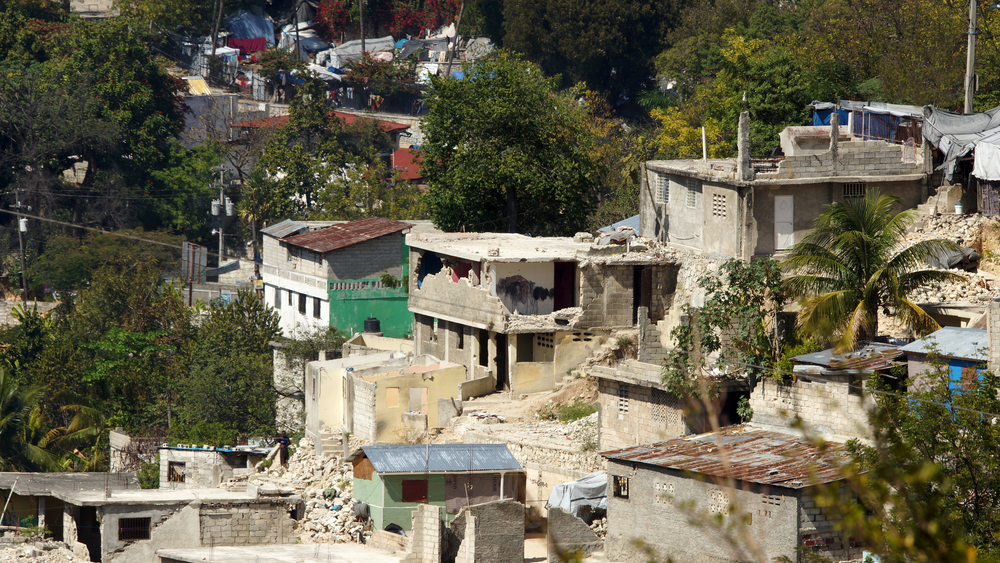
The Caribbean is synonymous with tropical beauty, but beneath the azure waters lies a powerful geological boundary. The Enriquillo-Plantain Garden Fault is a strike-slip fault responsible for significant earthquakes in the region, including the devastating 2010 Haiti earthquake. This fault runs through densely populated areas, making any seismic activity particularly impactful. It’s a stark reminder of the region’s vulnerability to natural disasters.
Efforts to build resilience in the Caribbean are ongoing, with international support playing a crucial role. Retrofitting infrastructure and enhancing emergency response capabilities are priorities for governments and organizations. Yet, the challenges remain daunting, particularly in areas with limited resources. For many Caribbean residents, it’s a delicate balance of celebrating their vibrant culture and preparing for the next potential shake-up.
13. Sumatra Fault, Indonesia
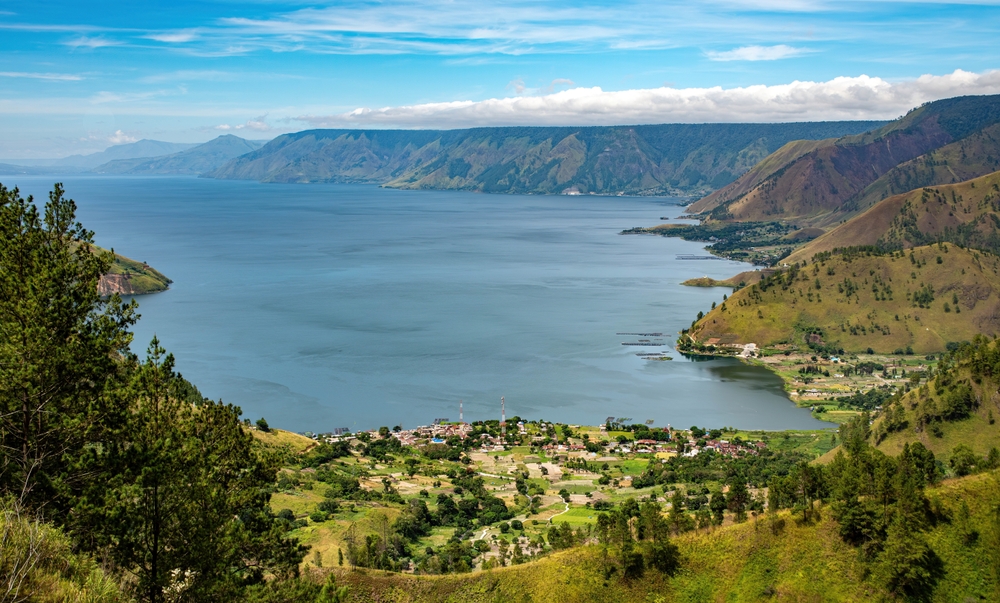
Indonesia’s Sumatra Fault is a critical part of the region’s complex tectonic puzzle. Running the length of Sumatra Island, this strike-slip fault is responsible for frequent earthquakes and volcanic activity. Living in the shadow of such a fault means adapting to the constant threat of seismic events. The 2004 earthquake and tsunami remain etched in public memory, a powerful reminder of the fault’s destructive potential.
In response, Indonesia has implemented robust disaster preparedness and early warning systems, aiming to reduce the impact of future quakes. Community education and resilience-building initiatives are crucial components of these efforts. While the power of nature is ever-present, so too is the strength and adaptability of the human spirit. For those living along the Sumatra Fault, it’s a testament to resilience and the enduring hope for a safer future.
